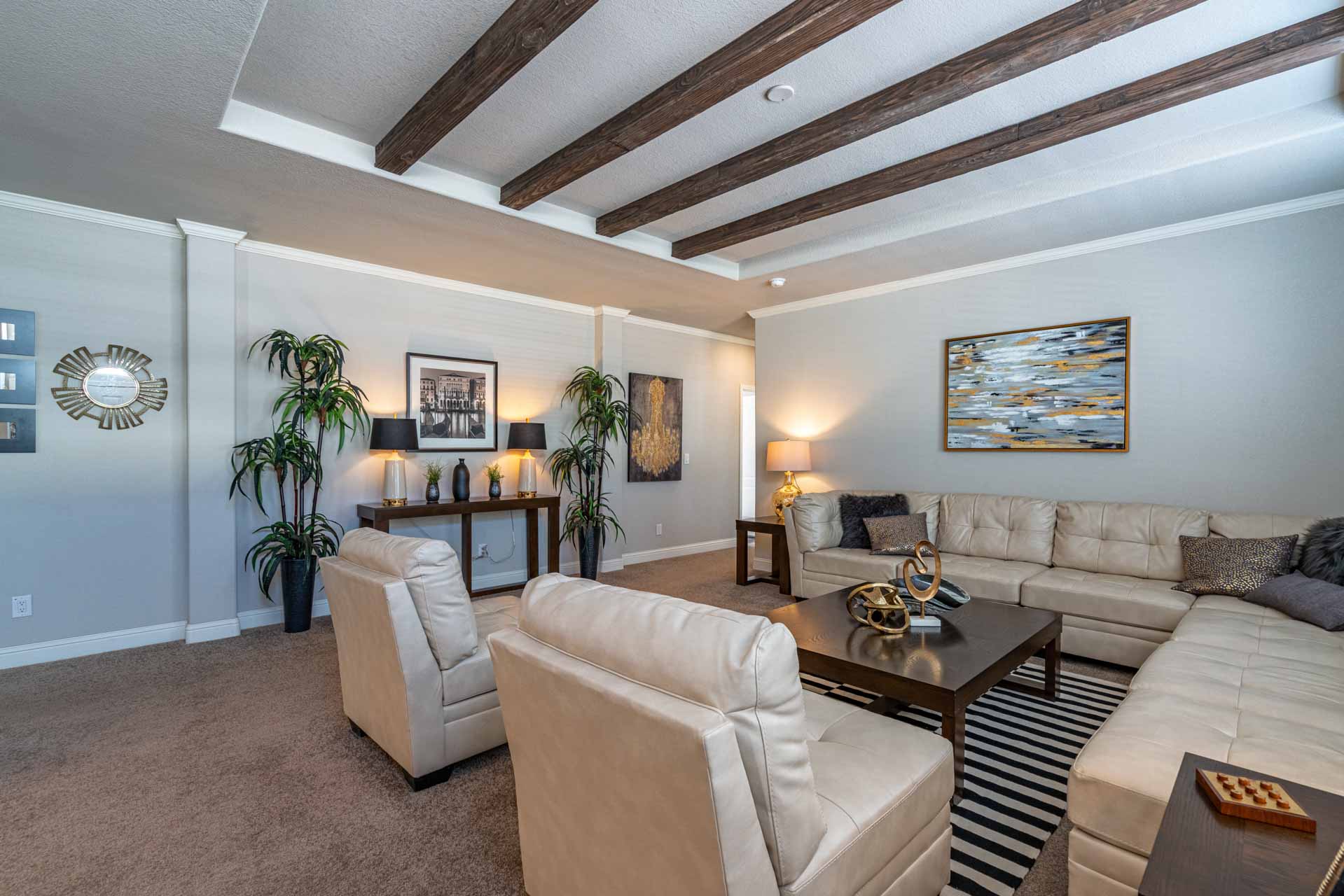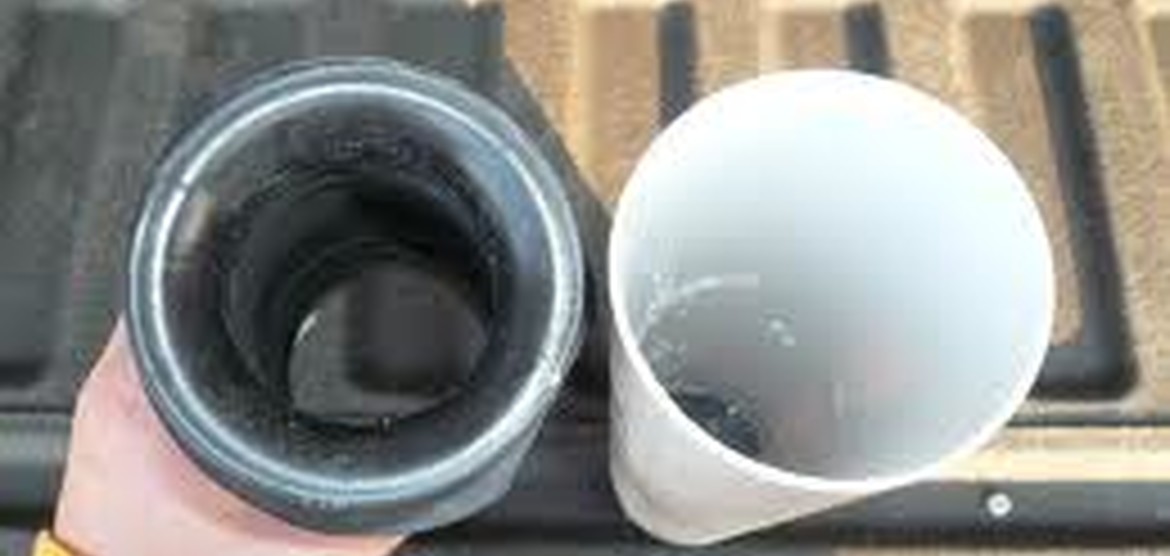Insulation Under Mobile Home Skirting
Table of Content
However, this method of insulating a mobile home underbelly requires specialized equipment and advanced knowledge of a mobile home’s construction. Fortunately, there are many state and local government programs that may help mobile home owners to add insulation via energy grants and low-interest loans. In modular homes, our standard insulation package is currently R-21 in the exterior walls and R-38 in the roof. You can upgrade the roof insulation to R-45 for a minimal charge depending on the manufacturer. If you don’t insulate your basement wall you can install R-30 in the floor.

While it is initially cheaper to do everything yourself, you will achieve better results by hiring a professional, thus more savings. So, how do you install insulation to your mobile home in order to achieve ultimate energy-efficiency? Place a roll of vinyl-encased fiberglass next to the house and unroll it perpendicular to the wall for about 10 feet. The average cost of insulation removal is $305, and you will pay $1.50 per square foot to have the material removed from your home.
Spray On Foam Insulation Diy
So in a five-year time frame, we have almost doubled the standard insulation values. Insulation values are governed by the national energy code which is updated regularly. Older mobile homes with vertical metal siding will do well with the sidewall stuffing technique. The metal siding is installed with screws attached to a horizontal belt rail.
The location of your home will impact the codes that you will need to meet. Homes in Canada face different issues than homes in Florida so be sure to research your local codes. Since it is made of glass it is an excellent insulator that is affordable, non-flammable, and water resistant.
Tips For Pet-Proofing Your Mobile Home
One of these questions is about the amount of insulation of the home. Insulation does a lot of work, so finding a home that has the right amount of insulation is key! Each of these options has different qualities, costs, characteristics and installation guidelines. It’s best to discuss insulation options for your home and budget with a qualified professional. Foam boards are also an option if you don’t mind the DIY project of cutting them to size. Ue to its stiffness, this type of insulation might be a little trickier to install.
The foam is easy to use and fairly affordable for its high R-value and energy conservation properties. The mobile home’s floor joists are on 16″ centers, which means the wood floor joists are placed 16″ apart from each joist’s center point. Since the joists themselves are roughly 1.5″ wide the section between each joist was approximately 14.5″ wide.
Mobile Home Lot Rent 101
There are factors to take into account, such as the cost of insulating your mobile home and the effectiveness of the insulation. Blown-in insulation is placed similarly to spray foam insulation by employing specialized machinery to blow the insulation into the space. This might just be the easiest type of insulation you can install by yourself. All you need is an opening to the area you want to insulate, and it’s as easy as filling it up with as many polystyrene beads as is necessary.

Additionally, they have a reputation for having drafty entrances and unreliable inside temperatures, which will make you and your family uneasy. These types of mobile home insulation are great for spaces in odd shapes as well as obstructed parts of the mobile home. It is incredibly flexible and is often used as insulation for older mobile homes.
Blow-In or Loose Fill
When they added the new pipe, they had to cut through the black plastic stapled to the bottom of the home. You can buy patches for that or just tape it if nothing else because that is your first line of defense against condensation and critters so make sure they fix that too. It is recommended that all mobile and manufactured homes have a ground moisture barrier. A barrier is usually just a polyethylene plastic sheeting placed directly on the ground and secured under the home to act as another shield between earth and home. The under-insulation of mobile houses is one of their main issues. Insulation in mobile homes‘ walls, ceilings, and the foundation is generally little.

Some products are specially made to seal the gaps around doors, such as this Kerf Door Seal. This is a mainstay for any casual home improvement DIY-er. Blankets and rolls have the advantage of being the easiest to install, and this gives it a wide range of applications. You simply need to buy the right amount, lay it down or wrap it around and fasten it somehow.
Blanket insulation is one of the most affordable and easy to install options, so you can ease your budget with this option. These different types of mobile home insulation can be made from a variety of different materials. Some of them work better than others, and some are more appropriate for certain parts of the home only. When it comes to the underbelly of a mobile home, experts suggest it is best to use closed-cell spray foam insulation. Using fiberglass and cellulose can be effective, but these materials soak up any water in the ground. Open-cell spray foam will react similarly and is better suited to walls as we mentioned above.
If you want to save energy costs, insulating your home is the way to go. This will ultimately make your home more energy-efficient. As per the Insulation Institute, you will save almost 15% on your cooling and heating with added insulation. The largest contributor to high energy bills in winter and summer months is the movement of heat into and out of your home. Many manufactured homes were under-insulated when they were built, allowing for this movement, called heat transmission, between the living space and the outside.
When one thinks of batt insulation they think of the Pink Panther because one of the most popular fiberglass insulation brands uses the cartoon character as a mascot. Batt or rolled fiberglass insulation should never be squished as its the combination of air and glass that creates the insulation. Many brands have paper or plastic to make installation easier, also called faced. Foam insulation has become more common over the last few years. This is a unique concept because the foam is liquid in its container but once it’s sprayed it foams out and expands in every direction and then hardens.
A lot goes into choosing the type of insulation you’ll need for your mobile home. First, you need to decide which kind of material is right for your home. Second, you’ll need to chose the kind of installation that is best for each area of your home. As the name suggests, it’s found in the shape of batts and rolls . It’s made of flexible fibers and can be cut to a width where appropriate. This makes it a good choice for between stud and joint spacing.
Comments
Post a Comment